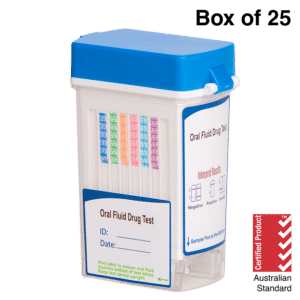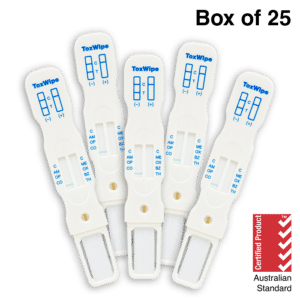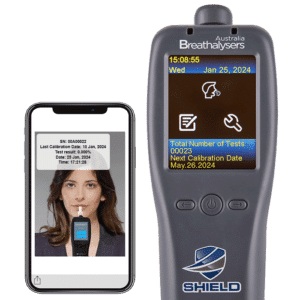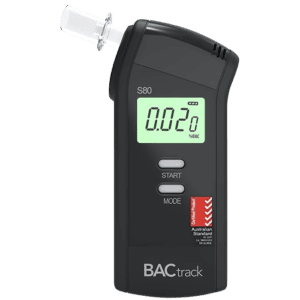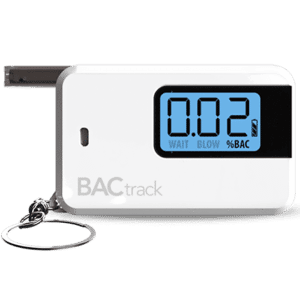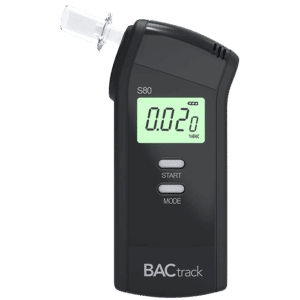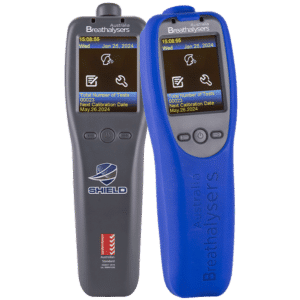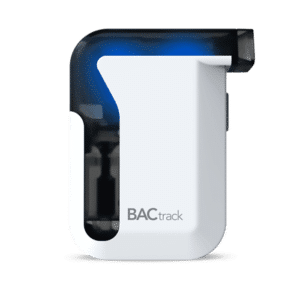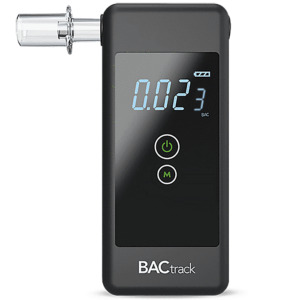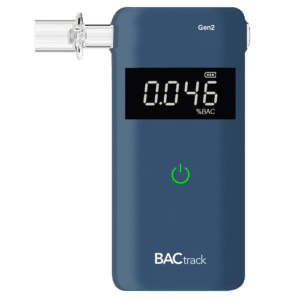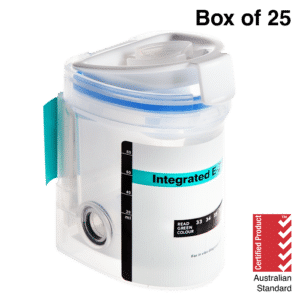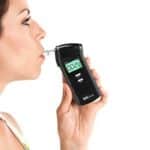Alcohol Testing Procedure: What Are The Different Types?
23 November, 2023
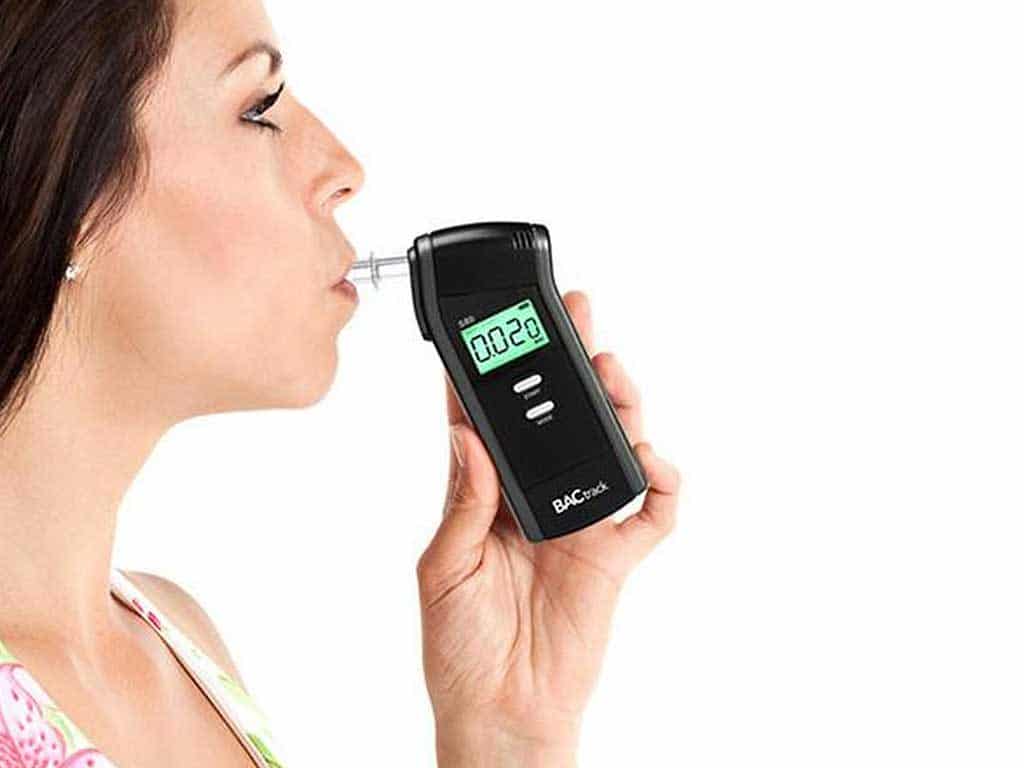
Alcohol testing procedures determine if someone has been drinking. They are crucial to prevent safety risks. Alcohol screening programs are common in industries and legal settings to maintain integrity. Employers can choose from a variety of testing methods. This includes breath, urine, oral fluid, hair, and blood testing. However, they are not created equal. Each kind has its advantages and limitations. Thus, it is essential to be aware of their differences.
The effects of alcohol can be dangerous. It can create safety issues, like impairing judgment, concentration, balance, coordination, and reaction time. Overconsumption can result in a medical condition, such as alcohol poisoning. To help reduce the risk of accidents or injuries due to alcohol abuse, businesses often have alcohol policies regarding testing. The following sections will present the procedures of breath testing, urine testing, oral fluid testing, hair follicle testing, and blood testing.
Alcohol Testing Procedure – Breath Test
The alcohol testing procedure for a breath test is relatively straightforward. It determines the amount of ethyl alcohol present in the bloodstream. The process involves the subject blowing into a device called a breathalyser. This measures the amount of air exhaled over a predetermined period. If it detects any trace of alcohol, it should not go over the prescribed or legal limit.
Breath testing is non-invasive. Police officers commonly use it to determine if a person is driving under the influence of alcohol. Additionally, employers utilise it to identify employees with alcohol presence at work or before starting a shift. They can either avail of services from a testing facility or buy a workplace breathalyser. Operating is convenient and can provide immediate results that are easy to interpret.
When it comes to accuracy, breath tests have proven to be reliable for alcohol testing. However, several factors may influence the specimen and create false positives. This includes alcohol metabolism rates, breath temperature, and irregular breathing patterns. Thus, the test is suitable as a screening tool. It may be followed by laboratory testing if the initial reading suggests intoxication.
How to Operate a Breathalyser
- Prepare the device – Make sure that it has fresh batteries. Moreover, it should be recalibrated and ready for use.
- Insert the mouthpiece – Attach a clean and unused mouthpiece to the breathalyser. Ensure it fits securely to prevent any air leaks during the test.
- Wait for the device to warm up – Turn it on and wait for a few seconds or a minute.
- Blow into the mouthpiece – Take a deep breath and blow into the mouthpiece until the device indicates that the sample has been captured.
- Read the results – Typically, Blood Alcohol Concentration (BAC) readings are shown as a numerical value.
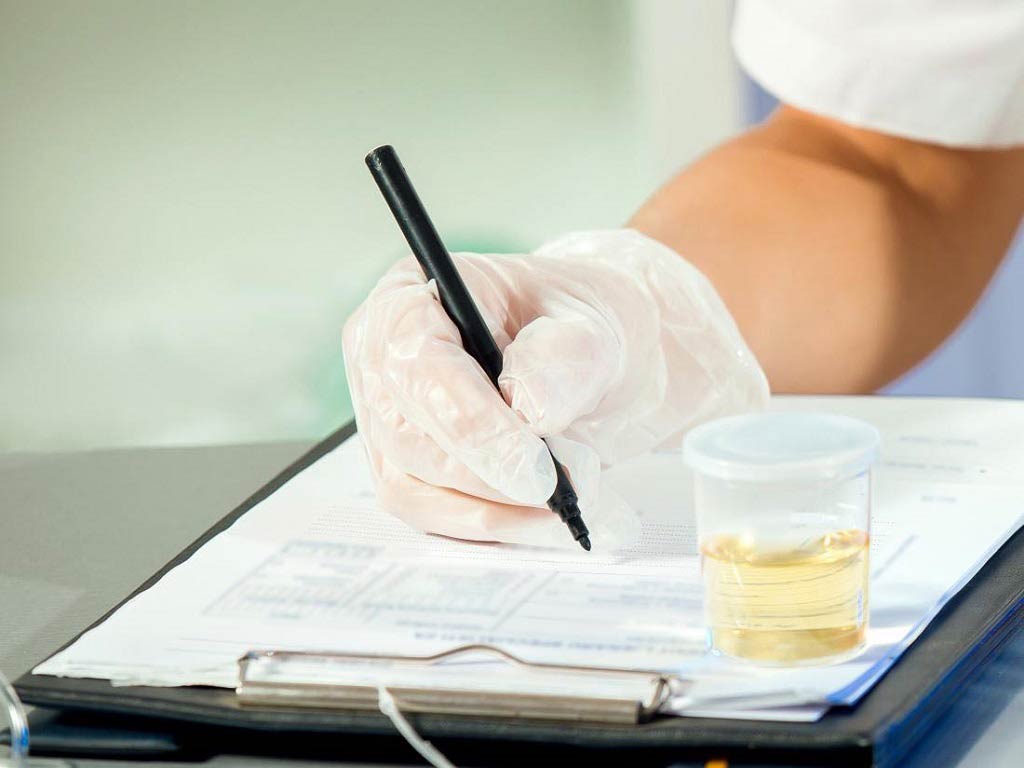
Alcohol Testing Procedure – Urine and Oral Fluid Analyses
Alcohol testing procedures are essential in many settings. Some examples are workplace testing programs, probation monitoring, and treatment centres. It confirms alcohol presence in the body, identifies alcohol misuse, and prevents chronic alcohol consumption. Urine testing is a common method. It measures the alcohol metabolites present in the urine, such as ethyl glucuronide and ethyl sulphate. The integration of these metabolites into the urine provides insight into recent alcohol consumption.
Another reliable method for alcohol testing is oral fluid analysis. It is also known as saliva testing. This procedure involves swabbing the insides of the mouth using a collection device. Professionals test the specimen through enzymatic analysis. The test is non-invasive and it can detect recent alcohol use.
Both types of testing have their advantages and limitations. The choice of which to use depends on several factors. This includes the purpose of testing, the timeframe of detection, and the resources available. People should follow the specific instructions from the testing facility to ensure accurate and reliable results.
Advantages of Urine and Oral Fluid Tests
Urine and oral fluid tests are advantageous. Firstly, urine testing is in demand because of its window of detection. It can extend up to several days or weeks depending on the substance. Additionally, it is relatively non-intrusive. Thus, it is a convenient option for both clinicians and individuals undergoing testing.
Meanwhile, an oral fluid test is quick. People can buy alcohol test kits and submit the sample to an accredited lab. They can easily collect specimens. However, they must follow instructions to avoid contamination. Furthermore, it can detect recent drug use. This is particularly useful in situations where real-time information is crucial.
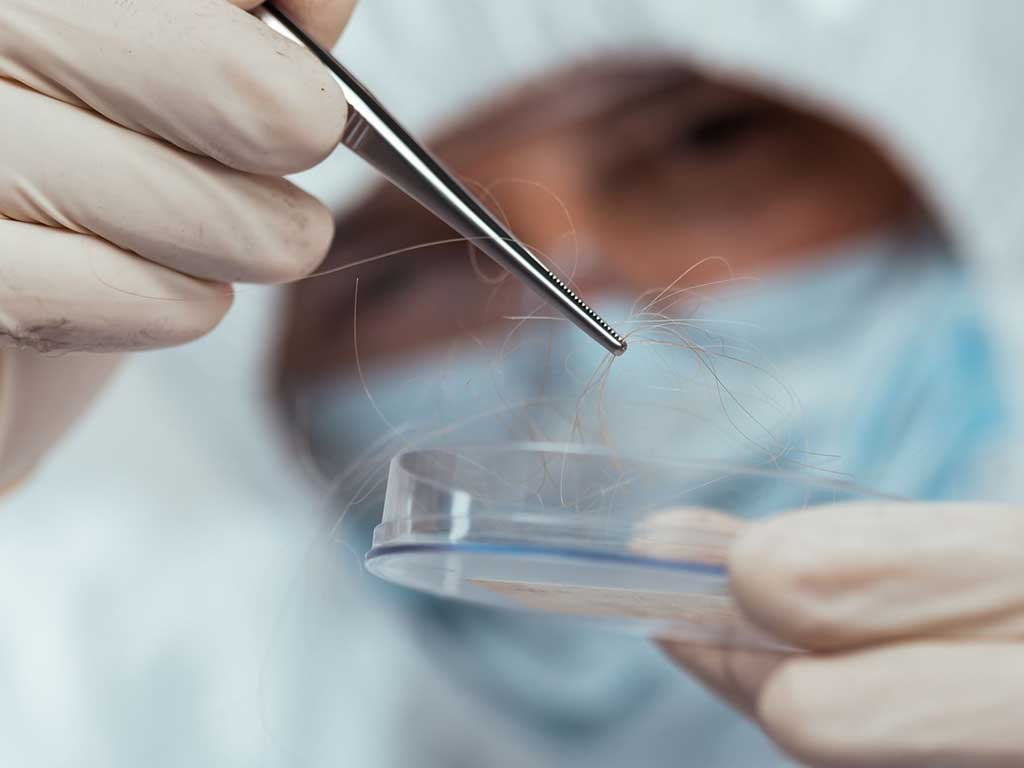
Alcohol Testing Procedure – Hair Follicle and Blood Tests
One common alcohol testing procedure is through hair follicle testing. It involves analysing a hair sample from an individual to identify any alcohol metabolites present. This method is particularly effective as it can detect alcohol consumption over an extended period, even up to 90 days. By examining the markers left by alcohol breakdown in the hair strands, the test provides valuable insights into alcohol use histories.
A blood test can also detect the presence of alcohol. This method allows for a precise assessment of BAC. When someone consumes alcohol, the bloodstream quickly absorbs it. Hence, the test can accurately determine current alcohol levels. It is especially useful in situations, such as drink driving incidents or workplace incidents. However, the process can be quite intrusive as there is a need to draw blood with a needle.
Both hair follicle and blood testing procedures are trustworthy. When choosing between the two methods, it is essential to consider the specific circumstances and objectives of the testing. Moreover, it is important to note that individuals need to go to a testing location because a certified collector has to conduct the test.
Detection Times and Accuracy
Hair tests have a longer detection window compared to blood tests. This is primarily because hair follicles store traces of alcohol for a longer period, ranging from several weeks to months. On the other hand, blood tests have a much shorter detection time frame. However, the former may not be as sensitive as the latter.
When it comes to accuracy, both tests have proven to be reliable alcohol testing methods. A hair test provides the history of consumption. Thus, it can help prevent or treat alcohol use disorder. Meanwhile, blood testing is one of the most accurate types of tests.
Conclusion
Alcohol testing procedures are important for ensuring workplace safety, deterring substance abuse, and confirming sobriety. There are different kinds of tests available. The most common ones are breath tests, urine tests, saliva tests, hair tests, and blood tests. These may be used in a variety of settings and by different agencies. For instance, law enforcement officers typically use a breathalyser for roadside breath testing. Moreover, many employers utilise urine and saliva testing because of their convenience and affordability.
Individuals and organisations can avail of alcohol testing services. On the other hand, they can also purchase tools, like alcohol breath testing devices or testing kits. They can typically find them online or in-store. They are usually user-friendly. Therefore, they can be used by almost anyone. The tests are accurate and provide reliable results. However, it is important to collect and handle specimens properly. It is also useful to know the detection periods and components of each testing method.















